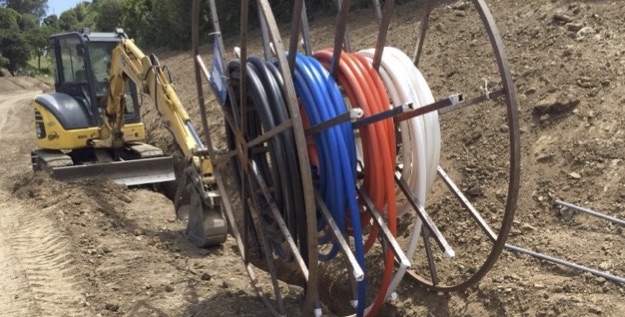
Broadband infrastructure, and service providers, will have to be included in planning done for federally funded highway projects if, as expected, the U.S. senate goes along with a bill – house resolution 4986, aka the Ray Baum act – passed by the house of representatives last week. State transportation departments wouldn’t be required to include conduit and other telecoms facilities in projects, but they would have to share their construction plans with broadband companies and other state and local agencies, and do a minimal amount of coordination. The goal is “to facilitate the installation of broadband infrastructure” and “minimise repeated excavations” in roadways.
It’s a weak dig once program, but it’s a step in the right direction. It won’t have much impact in California because pretty much all of what’s required in the federal bill is already done here. Caltrans has a broadband notification and coordination program in place, the result of assembly bill 1549, which passed two years ago. At most, the program might need some minor tweaks if the federal bill passes.
HR 4986 covers a wide array of other broadband issues. It funds the Federal Communication Commission’s budget for the next two years and fiddles around with some job descriptions, programs and tasks. It also bundles in some of the Mobile Now act which, besides the dig once requirements, includes a plan to free up 255 megahertz of spectrum for broadband service – on both a licensed and unlicensed basis – and points the FCC toward allocating even more spectrum in the 3 GHz to 4 GHz and millimeter wave ranges for broadband uses.
Odds are HR 4986 will be approved by the senate. Broadband development is one of the few issues that republicans and democrats can agree on. The house vote to approve it was unanimous. It might be bundled into a massive federal budget bill that’s expected – or at least hoped for – later this month.
